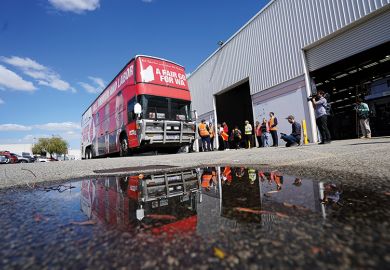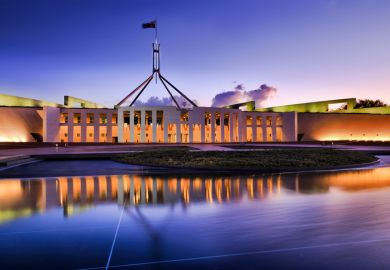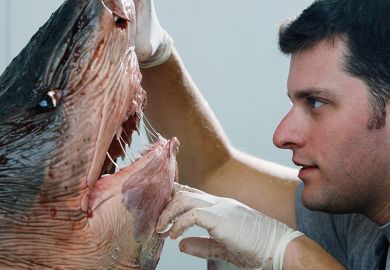Australia’s major political parties share a rhetorical commitment to science and innovation, but differ on how to pay for it, an election eve survey of their policies has found.
The governing Liberal-National Coalition, the opposition Labor Party and the leftist Greens have all committed to ensuring that science has ministerial-level cabinet representation if they win the 18 May election. All three also affirm support for a diverse science and technology workforce.
But the Coalition’s “business-as-usual” approach, which offers no major funding initiatives to complement its 2017 National Science Statement, is overshadowed by Labor’s commitments to restoring demand-driven university funding, raising research and development spending to 3 per cent of gross domestic product and considering resurrection of a dormant A$3.9 billion (£2.1 billion) research infrastructure fund.
And both major parties’ policies are trumped by the Greens’ promises to increase research and development investment to 4 per cent of GDP, spend an extra A$4.7 billion on researchers and infrastructure and explore the feasibility of a non-medical equivalent to Australia’s A$20 billion Medical Research Future Fund.
The pledges are outlined in responses to a 13-question survey by representative group Science and Technology Australia, which quizzed the parties on their plans in areas such as science education, international collaboration and science’s voice in parliament.
“The major parties all understand the crucial role of science and technology in finding solutions and building wealth, but each has outlined a very different vision for realising this potential,” said STA president Emma Johnston.
“We are facing downward trends in government investment in science and technology, no visionary national plan and increasing job insecurity in our sector. This must change.”
Greens policies include a “Secure Work for Researchers” fund, which would shunt casually employed university and research institute staff into secure jobs, as part of a broader A$2.5 billion package that would also support female and early career scientists and researchers.
The Greens are very unlikely to govern in their own right, but could command the balance of power particularly in Australia’s house of review, the senate. The party insists that its research and development vision is “fully funded”.
“The Greens know that by closing unfair tax loopholes and corporate handouts, Australia would be able to spend additional funding on important research and development,” it said.
Labor pegged its innovation policies around the 3 per cent target for research and development spending and a major review of research to develop ideas on how to achieve it. “Unless we are a country that has new ideas, makes better products and develops new services, our economy will become dependent on fluctuating commodity prices,” it explained.
The Coalition said its “strong economic management” would facilitate Australia’s scientific development. It had already bankrolled initiatives like the Australian Space Agency and a A$4.2 billion commitment to long-term funding for large-scale research infrastructure, it said.
Register to continue
Why register?
- Registration is free and only takes a moment
- Once registered, you can read 3 articles a month
- Sign up for our newsletter
Subscribe
Or subscribe for unlimited access to:
- Unlimited access to news, views, insights & reviews
- Digital editions
- Digital access to THE’s university and college rankings analysis
Already registered or a current subscriber?







